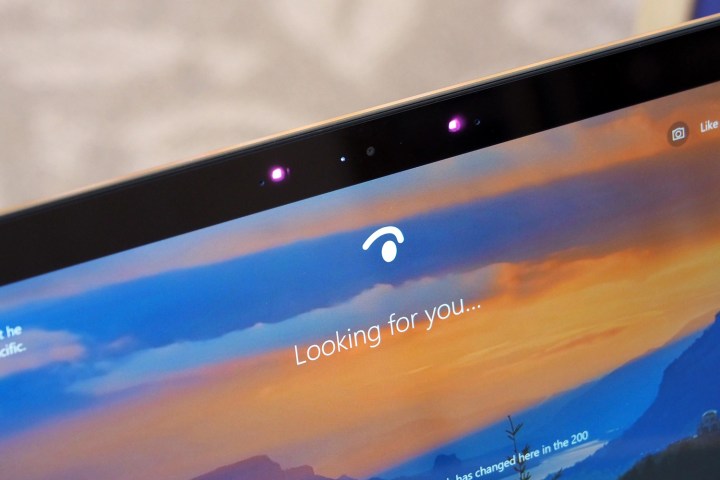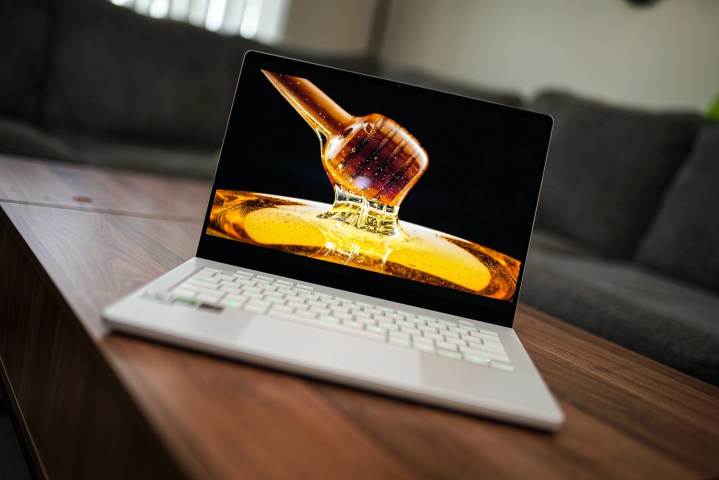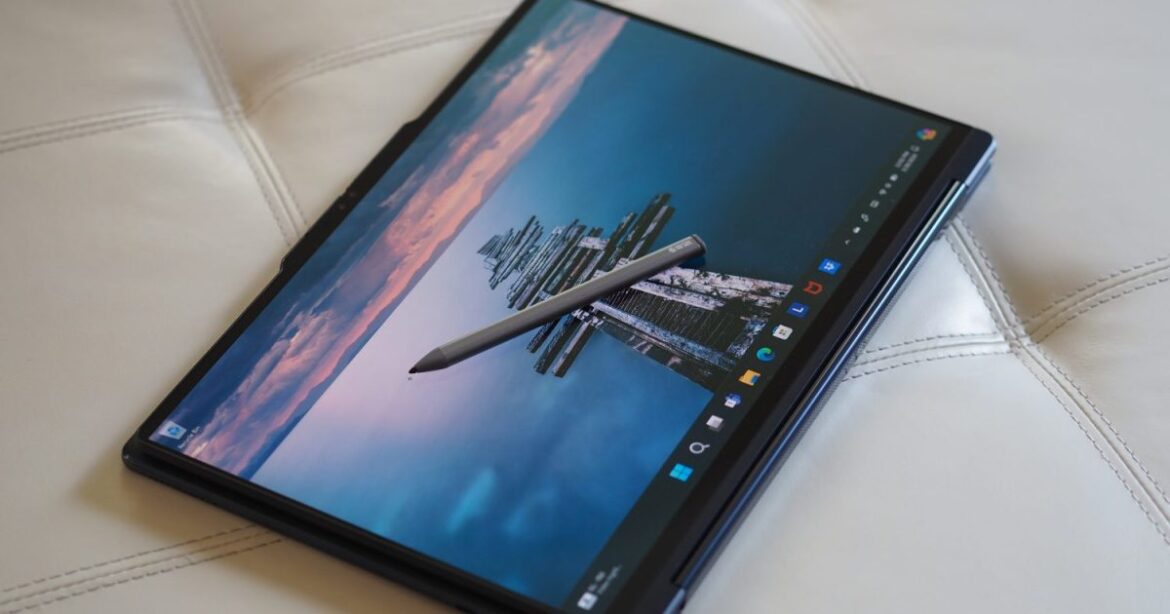Apple’s MacBook lineup has exploded in recent years, with its silicon chipsets offering class-leading performance and efficiency. The MacBook Pro in particular is faster than many Windows laptops, lasts longer than most, and has an excellent mini-LED display. There are plenty of good reasons to choose a MacBook over a Windows laptop in today’s market.
- Windows Hello
- OLED panels
- Gaming
- Touch screens
But all is not lost for the Windows platform. Even aside from the upcoming Snapdragon X Elite laptops that seem competitive, there are still a number of core features that you can only get on a Windows laptop right now. Here are the four that I keep coming back to.
Windows Hello

Modern MacBooks have Touch ID, which uses a fingerprint reader to log in and authenticate, like authorizing purchases and entering credentials in Safari. It works well and is very secure.
Microsoft has taken the concept a step further with Windows Hello, which also supports fingerprint readers, but extends the paradigm to include on-device PINs and facial recognition. Yes, that's right. Many Windows
Apple has its own facial recognition system, Face ID, which it uses in iPhones and iPads. By some measures, Apple's technology is even better. But until Face ID makes its way to MacBooks, Windows
OLED panels

OLED displays offer several advantages over the best that MacBooks have to offer. For starters, OLED has wider and more accurate colors, as well as the highest contrast. Apple's closest rival displays are the mini-LED panels on modern MacBook Pros, and those have higher brightness and better high dynamic range (
Perhaps the best thing about Windows
OLED also offers faster response times. While Apple’s mini-LED displays go up to 120Hz, some OLED screens run at even faster refresh rates, but with extremely low response times. That means you won’t see any ghosting, especially while gaming. Apple’s mini-LED displays (like all examples of the technology) can also suffer from slight “blooming” in bright scenes, and while it’s not as much of a problem with the latest panels, OLED doesn’t have this issue at all.
Overall, OLED is a better technology for most people, and Apple agrees — it's included tandem OLED technology in the new iPad Pro, which achieves the same brightness as mini-LED with all the other benefits of OLED. That technology will eventually make its way to MacBooks, perhaps even in the next generation, but for now Windows is the only one
Gaming

Speaking of gaming, this is the area where Windows probably has the most significant advantage. Apple's M3 chipset introduced several improvements to the integrated GPU functionality, including hardware
The problem is that there still aren’t enough native games that can take advantage of all that power. You can probably count the number of AAA titles running natively on the Mac on two hands, and that severely limits the MacBook as a gaming platform. This is a growth area, yes, but it still has a long way to go.
Windows doesn’t have that problem. Every new PC gaming title is, of course, available on Windows. And Windows gaming laptops can be equipped with the blazing-fast Nvidia GeForce RTX 4090 mobile GPU, which is still significantly faster than Apple’s best. Add to that a wider variety of displays running at insanely high refresh rates and low response times, including some spectacular OLED panels, and you’ve got a Windows laptop for gamers.
Serious gamers should buy a Windows laptop, period. Yes, the MacBook Pro has better battery life, but if gaming is important to you, Windows is the only option.
Touch screens

Apple offers touchscreens in the iPhone and iPad line, but has consistently refused to add touch to MacBooks. Apple’s argument is that touchscreens are ergonomically flawed, because we’re not built to rest our hands on a laptop screen. That’s a silly argument, because offering a touchscreen doesn’t mean giving up a touchpad or mouse. Touch is a secondary input method on a laptop, not a primary one — at least when it comes to clamshell use.
On the other hand, touchscreens are a staple in Windows
I like touchscreens for a variety of reasons. They’re great for tapping the occasional pop-up button, and I like to rest my arm on the edge of a Windows laptop and use my thumb to scroll through long web pages and other documents. I do it a lot, and it’s incredibly comfortable and arguably more ergonomic than using a touchpad or mouse. And sharing a screen with someone is a lot easier when they can reach over and do things instead of trying to squeeze into the touchpad position or steal your mouse.
Maybe Apple will eventually overcome its reluctance to offer touchscreens on MacBooks, and maybe even offer a 2-in-1 machine. Neither is guaranteed, or even likely. So, touchscreens are an advantage that Windows
